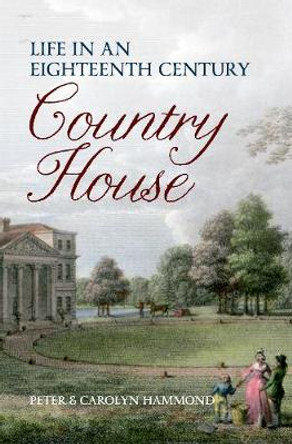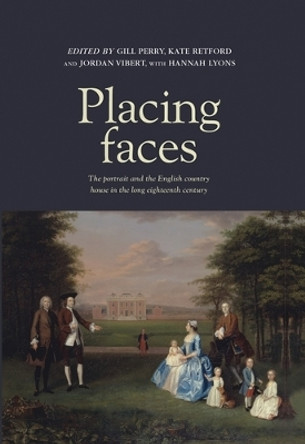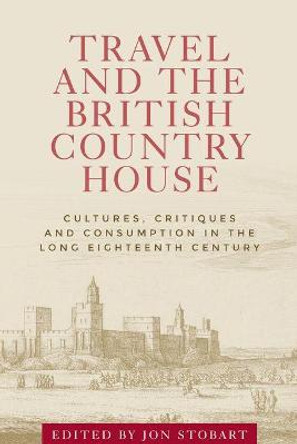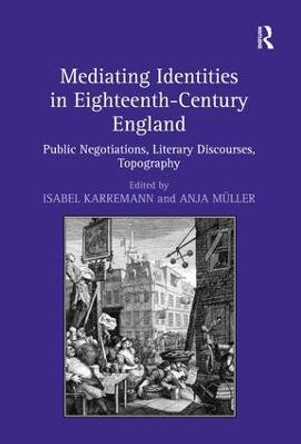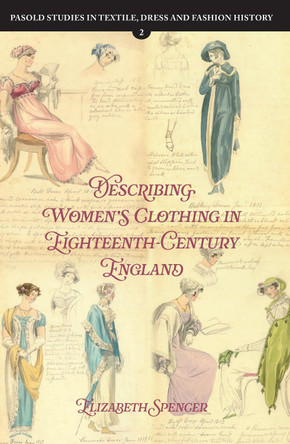Description
Exploring the art, architecture, interior design and gardens of country houses, this book charts the rise of country-house tourism in the long 18th century and its lasting implications for British cultural and national identity.
About the Author
Jocelyn Anderson has worked in the Learning Department at Tate Britain and taught at the Courtauld Institute of Art, Birkbeck, and the University of East Anglia in the UK. She holds a PhD and MA in Art History from the Courtauld and a BA from McGill University, Canada. Anderson's research explores art in Britain, Canada, and across the British Empire in the 18th and 19th centuries. She is the author of Touring and Publicizing England's Country Houses in the Long Eighteenth Century (2018) and William Brymner: Life and Work (2020).
Reviews
For anyone who has ever wondered how Chatsworth, Pemberley, or Downton Abbey could belong so emphatically to the public-how English country houses (both real and imagined) have, as cultural treasures, come to be possessed by the nation-this book is essential reading. With an extraordinary range of primary sources, Anderson engagingly demonstrates the importance of English country houses as crucial tourist destinations in the 18th century, underscoring the importance of these houses for all sorts of things: not only the history of country house architecture, but also 'heritage' more broadly, collections generally, art collections in particular, and-perhaps most importantly-British conceptions of elite property as extending into the public realm of ownership. It is an immensely satisfying account of a fascinating story. * Craig Ashley Hanson, Associate Professor of Art History, Calvin College, USA, and author of The English Virtuoso: Art, Medicine, and Antiquarianism in the Age of Empiricism (2009) *
Drawing on extensive primary research, Jocelyn Anderson explores the culture around country house visiting as it developed over the course of the eighteenth century. Bringing a broad range of literary and visual material together, her study examines how guidebooks, travel accounts, pictures, and plans, not only helped promote the growth of domestic tourism to such sites, but also served to condition a visitor's experience of a house and grounds. With the massive road-building campaigns of the mid-eighteenth century, and the development of an associated infrastructure of coach inns and taverns, opening up the country and easing travel, there was a ready commercial market among the polite classes eager to explore the nation's architectural landmarks and heritage in person and on paper. By highlighting these concerted efforts to encourage, stage and shape the phenomenon, Anderson's account effectively calls into question a number of scholarly assumptions about the origins of the public consumption of private property; not least as such often shrewd and sophisticated attempts to market and package the country house and its landscape to the tourist have been conventionally dated a good deal later. But it is a survey that prompts the reconsideration of wider concerns too, especially regarding a tendency to treat the cultural history of urban and rural areas discretely. Yet, while Anderson provides a valuable overview and astute interrogation of such issues, they never overwhelm the text. Well-informed and learned as it is, the book is accessible, deftly assembled, and eminently readable. It is an impressive piece of scholarship that makes an invaluable contribution to the study of the eighteenth-century country house and its legacies. * John Bonehill, Professor of Art History, University of Glasgow, Scotland *
Book Information
ISBN 9781501384615
Author Dr. Jocelyn Anderson
Format Paperback
Page Count 256
Imprint Bloomsbury Visual Arts
Publisher Bloomsbury Publishing PLC
Weight(grams) 520g


